Welcome to the ultimate face-off between the legends of automotive brake systems: Duralast and TRW.
In this review, we’ll dive deep into their performance, quality, prices, and more, shining the spotlight on their strengths and weaknesses.
So strap in and join me as we determine which brand truly stops the show.
Let’s put the pedal to the metal, shall we?
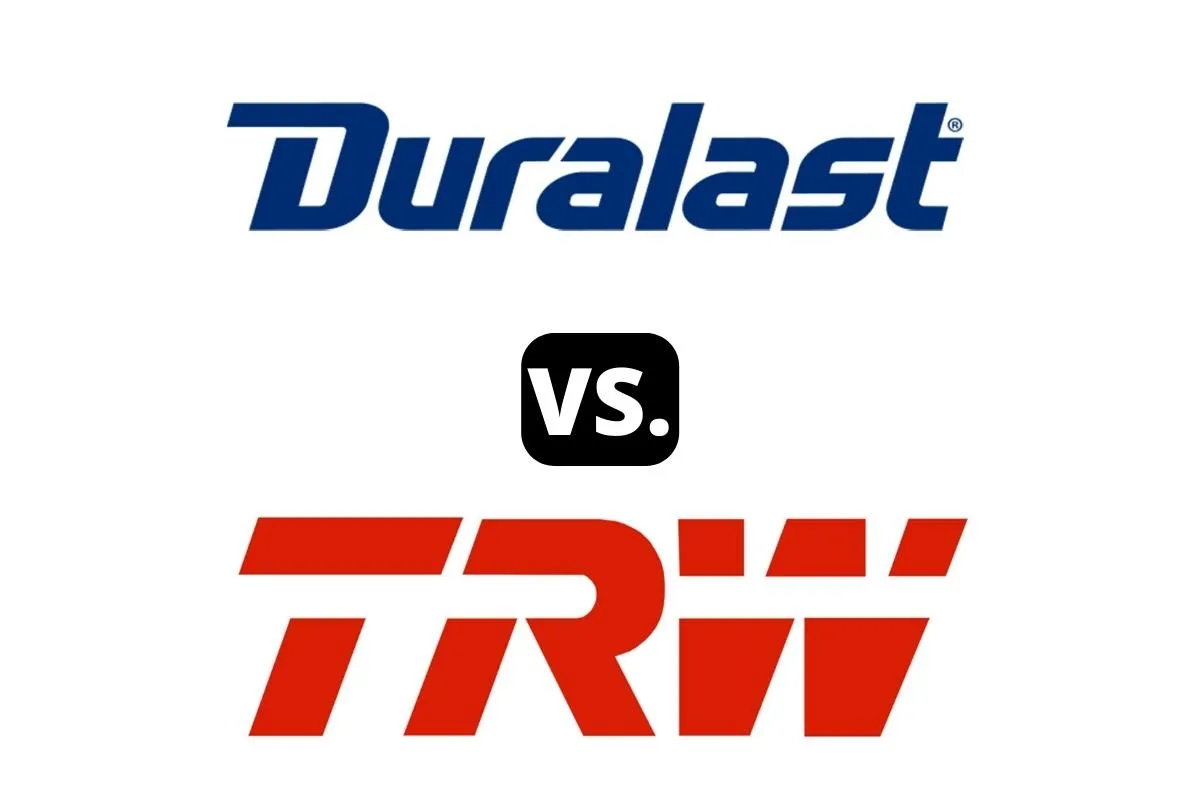
Duralast vs TRW – Brand Comparison Table
| Duralast | TRW | |
| Country of Origin | United States | United States |
| Year Founded | 1979 | 1901 |
| Made In | mostly in United States, China, Mexico | mostly in United States, Czech Republic, China |
| Founder | Pitt Hyde | David Kurtz and four other Cleveland residents |
| Parent | AutoZone, Inc. | ZF Friedrichshafen AG |
| Overall Quality | great quality if you opt in for their Gold series | high-quality and reliable performance |
Duralast Gold Brake 55097DG vs TRW Coated Brake Rotors Comparison
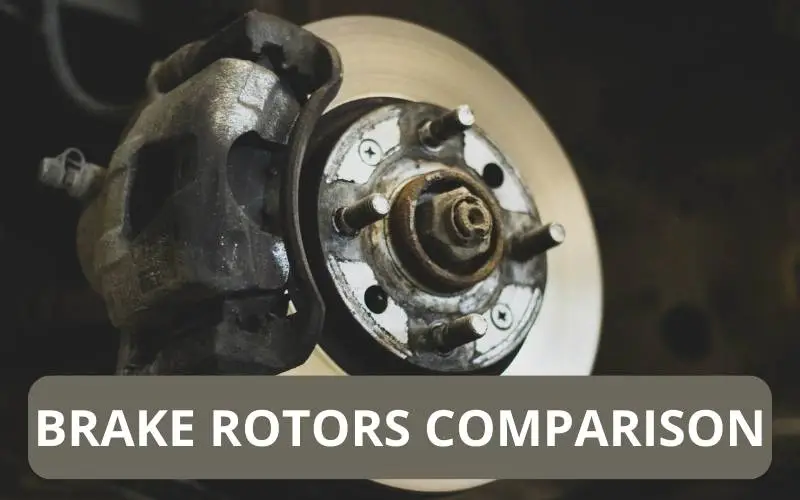
In this section, I’m going to compare the most popular Series – Gold Brake 55097DG and Coated from both brands by various product specs & features, prices, warranty, durability, performance, stopping power and noise levels.
Here is a detailed comparison table showcasing what each brand has to offer:
| Duralast | TRW | |
| Series | Gold Brake 55097DG | Coated |
| Material | Iron Alloy | High Carbon |
| Coating | Fully coated | Anti-corrosion coating |
| Type | Vented | Vented |
| Durability | Smooth stopping with no pedal pulsation and enhanced durability | Equivalent to Original Equipment (OE) standards and designed for a direct fit application |
| Performance | The high-carbon steel formulation effectively reduces noise and dissipates heat | Offers increased friction coefficient, durability against vibrations and noise, and enhanced thermal efficiency |
| Price | $106.99 | $116.20 |
| Warranty | 3-year, full-replacement warranty | cover defects in material and poor workmanship for 12 months |
| Stopping Power Rating (More Stars = More Stopping Power) | ⭐⭐⭐⭐ | ⭐⭐⭐ |
| Noise Levels Rating (Fewer Stars = Less Noise) | ⭐ | ⭐ |
| Performance Over Stock Rating (More Stars = More Performance) | ⭐⭐ | ⭐ |
Duralast Elite Copper Free Ceramic vs TRW Ceramic Brake Pads Comparison
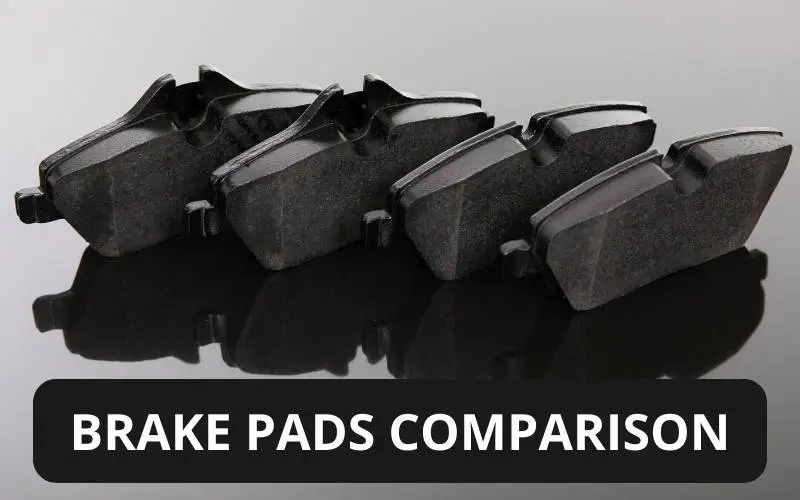
In the following section, I’m going to compare the most renowned Brake Pads series from both brands by various product specs & features, prices, warranty, performance, stopping power, brake dust accumulation and noise levels.
Here is a detailed comparison table showcasing what each brand has to offer:
| Duralast | TRW | |
| Series | Elite Copper Free Ceramic | Ceramic |
| Material | Ceramic | Ceramic |
| Performance | These next-generation pads are designed to last up to three times longer, ensuring exceptional durability for your vehicle. The patented transfer layer technology safeguards both the brake pads and rotors, minimizing wear and tear. | TRW takes pride in its 100% in-house production of brake pads, coupled with state-of-the-art technology, ensure the production of brake pads that meet the highest industry standards for quality, performance, and safety. |
| Price | $38.99 – $81.49 | $21.47 – $160.36 |
| Warranty | Limited-Lifetime | covers defects in materials or workmanship for a period of 12 months from date of installation or 18 months from delivery |
| Dust Levels Rating (Fewer Stars = Less Dust) | ⭐ | ⭐⭐ |
| Stopping Power Rating (More Stars = More Stopping Power) | ⭐⭐⭐⭐ | ⭐⭐⭐⭐ |
| Noise Levels Rating (Fewer Stars = Less Noise) | ⭐ | ⭐ |
| Performance Over Stock Rating (More Stars = More Performance) | ⭐⭐ | ⭐ |
Differences
1. Overall Performance and Quality
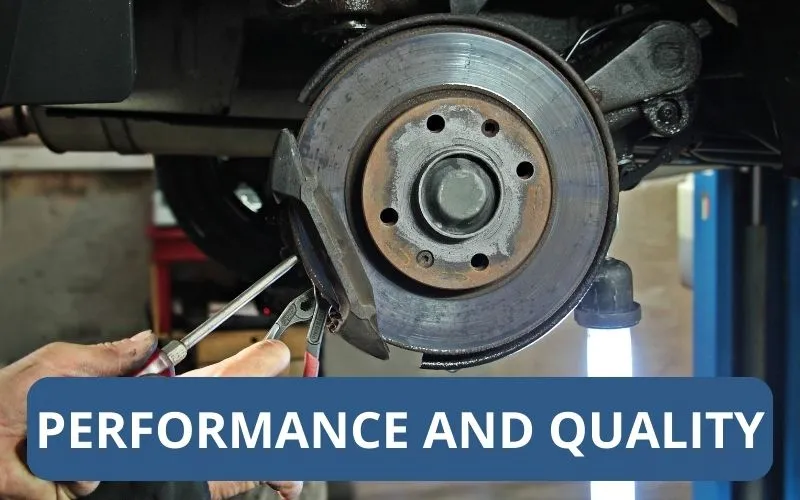
When comparing the performance of Duralast and TRW brake parts based on user reviews, a few points become clear:
Duralast:
- The performance of these brake parts is somewhat inconsistent.
- Some users find them good for daily use, with a notable mention of the Duralast Gold ceramic brake pads which provide a smooth and quick stop.
- However, others have reported squealing issues, especially when coming to a stop.
TRW:
- User feedback is largely positive for TRW.
- One user even recommended TRW brake pads as an Original Equipment Manufacturer (OEM) performance option on a RockAuto forum.
- Users have noticed a significant reduction in brake dust and a more progressive stopping power, despite losing some initial bite.
- The absence of squeaking sounds was also highlighted.
In summary, while both brands have their perks, TRW seems to get more positive feedback overall. However, personal experience and specific vehicle requirements can significantly influence the performance of these brake parts.
2. Rotors and Brake Pads Prices
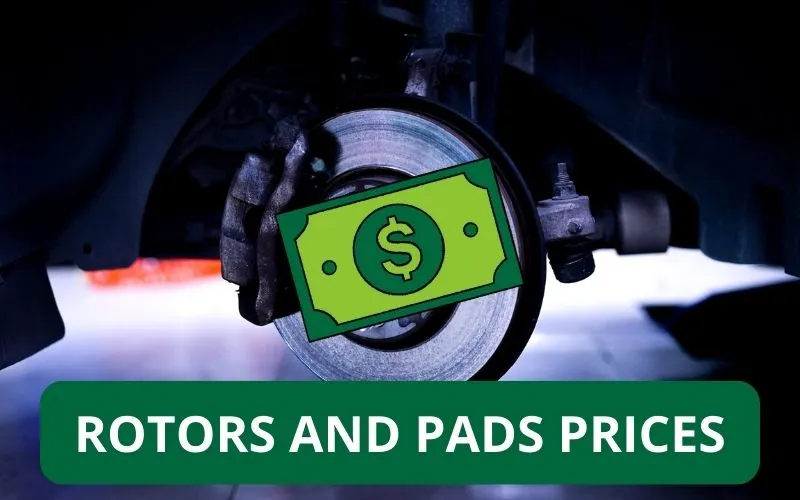
I’ve gathered some interesting information regarding the brake rotor prices for both brands. You can take a look at them in the table below:
| Duralast Rotors Prices⁽¹⁾ | TRW Rotors Prices⁽²⁾ | |
| Lowest Priced Rotors | Duralast Brake Rotor 31263 goes from $22.99 | TRW Brake Rotor goes from $72.39 |
| Most Expensive Rotors | Duralast Brake Rotor 70172DL goes for $1001.99 | TRW Brake Rotor goes for $196.58 |
Alternatively, you can see the brake pads prices for Duralast and TRW below:
| Duralast Brake Pads Prices⁽¹⁾ | TRW Brake Pads Prices⁽²⁾ | |
| Lowest Priced Pads | Duralast Ceramic Brake Pads D223 go from $15.49 | TRW Semi-Metallic Rear Disc Brake Pads go from $19.29 |
| Most Expensive Pads | Duralast Gold Ceramic Brake Pads DG1897 go for $162.99 | TRW Semi-Metallic Front Disc Brake Pads go for $351.82 |
3. Pros and Cons
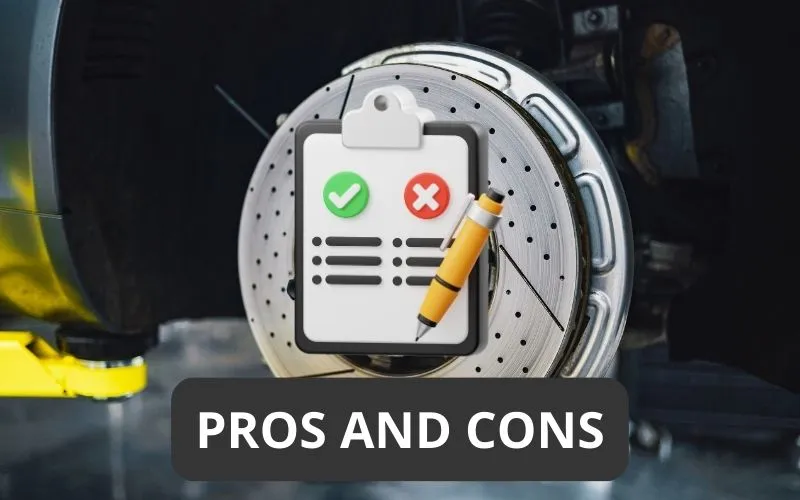
In this section, I’ve tried to showcase the most noticeable advantages and disadvantages for these two experts in brakes.
Duralast
| Pros | Cons |
| ✔ Good for daily use | ❌ Users report that Duralast Gold brake pads may produce more brake dust than other models |
| ✔ Affordable | |
| ✔ All Auto Zone (Duralast Brand) brake pads have a limited lifetime warranty |
TRW
| Pros | Cons |
| ✔ TRW brake pads and rotors are often considered to be a good value for the price | ❌ Their pads can produce more brake dust than usual |
| ✔ Good all-around performance | |
| ✔ Range of options |
Which Is the Better Brand Overall?
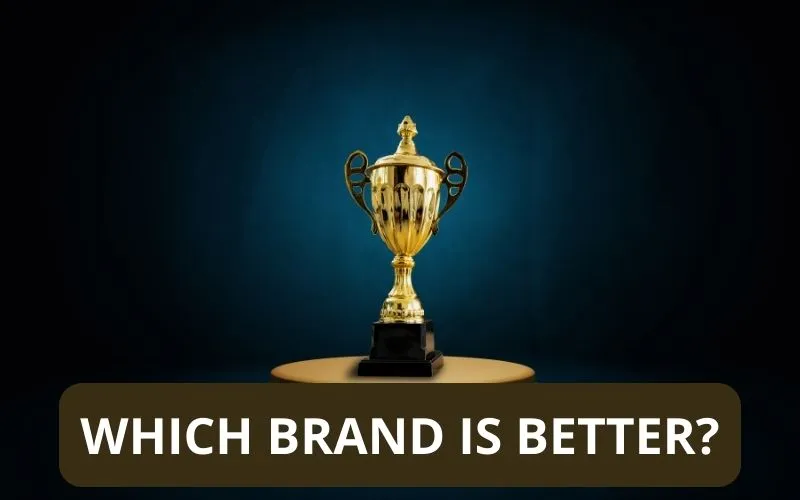
After considering the customer feedback and pros and cons for both Duralast and TRW, I declare TRW as the overall winner.
Despite both brands having their strengths and weaknesses, TRW seems to have a better overall performance and a range of options.
The feedback for TRW is consistently positive, making it the more reliable choice, despite possibly producing more brake dust.